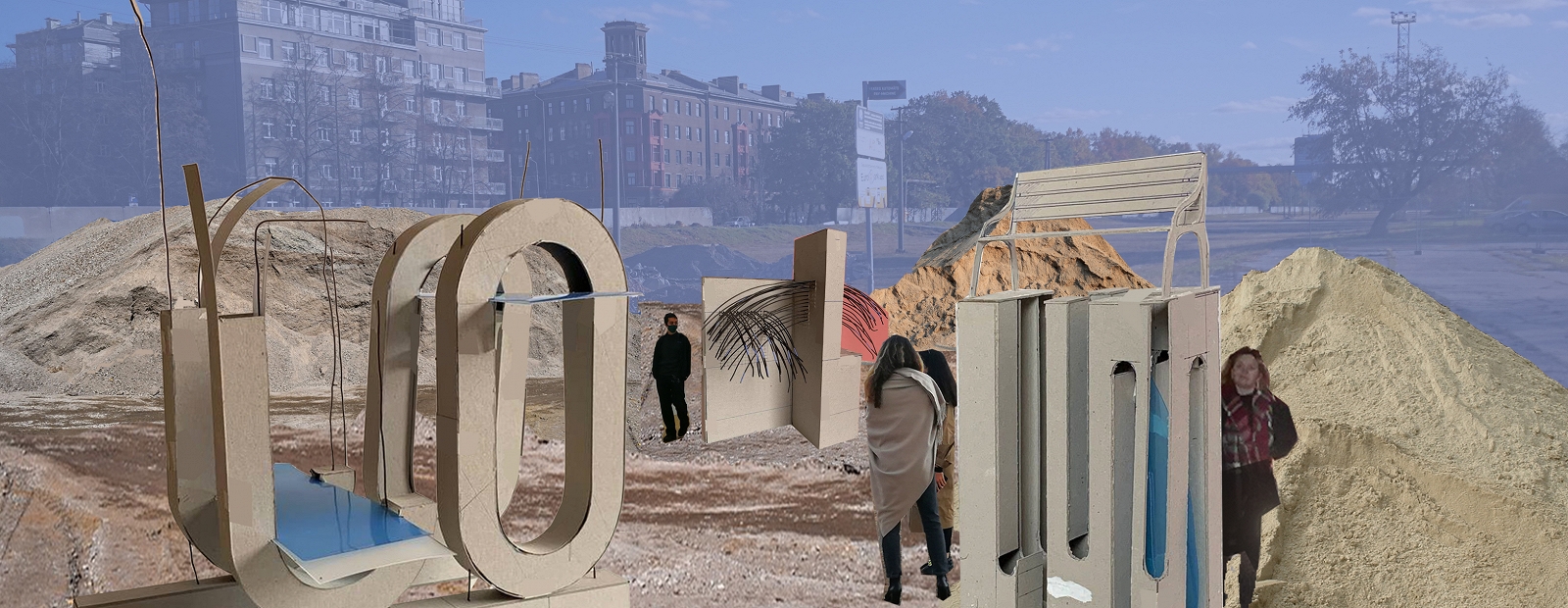The artists’ vision as the conceptual starting point of the exhibition allows the creation of the RIBOCA3 exhibition to be positioned as a space for experimental expressions free from preconceived ideas. The works on display at the Biennale will function in their own right, inspiring discussions that are not subject to the strict theme of the exhibition. Name Respect exercises emphasizes the idea that each work of art should be considered separately, but at the same time they all fit into the concept and context of the Biennale.
“Looking back at history, gestures that show respect are often used to indicate that we are trying to understand each other, despite differences of opinion. both disharmonious, “explains René Bloks, the biennial ‘s main curator.
Also in 2022, the main venue of the biennial will be the more than 20 hectare area of Andrejsala, where the trade port used to be. The impressive environment, where an abandoned power plant, a port, grain storages, meadows, hangars and other elements of industrial architecture coexist, has served as a source of inspiration for René Blok’s selection of exhibitors.
“Filling this space and environment requires a sense of musicality. I think of each artist as a voice, their works as musical instruments. In this metaphor, Andrejsala is their concert hall. But their job is not to play a piece under the direction of a conductor. , “says the main curator of the biennial.
The second venue of the Biennale will be the Museum of Decorative Arts and Design (DMDM) in Old Riga. It will exhibit graphics by 38 internationally renowned artists, previously created for the Biennials curated by René Blok in Hamburg (1985), Sydney (1990), Istanbul (1995) and Cetinje (2004). Some of RIBOCA3’s main exhibitors will also be represented at this exhibition. The full list of DMDM exhibitors will be announced in the spring.
More than half of the works on display in the main exhibition will be inspired by the city’s unique social and historical contexts. It should be mentioned that a record number of local – Latvian – participants will participate in RIBOCA3.
Together with René Blok, the biennial is created by associate curator Niko Anklams, who participates in the development of the RIBOCA3 public program.
Participants of RIBOCA3 main exhibition:
- Nanna Abella (Nanna Abell) *, 1985
- Nevin Aladağ, 1972
- Meriča Algina (Meriç Algün)*, 1983
- Halils Altindere (Halil Altindere), 1971
- Beatrice Béatrice Balcou, 1975
- Roza Beard (Rose Beard), 1972
- Mehtapa Baidu (Mehtap Baydu)*, 1972
- Ēriks Božis *, 1969
- Olga Černiševa (Olga Chernysheva), 1962
- Evelīna Deičmane *, 1978
- Jason Dodge *, 1969
- Anne Katrine Dolvene (1953)
- Dace Džeriņa *, 1971
- Krista and Reinis Dzudzilo *, 1989 and 1987
- Marija Eihhorna (Maria Eichhorn), 1962
- Aise Erkmena (Ayşe Erkmen)*, 1949
- VALIE EXPORT, 1940
- Sīla Floiere (Ceal Floyer) *, 1968
- Ingrid Furre *, 1987
- Nora Geagea (Noora Geagea), 1981
- Tamar Harpaz *, 1979
- Romuald Hazoumè *, 1962
- Karl Horst Hödicke, 1938
- Pravdļubs Ivanovs (Pravdoliub Ivanov), 1964
- Annika Kārsa (Annika Kahrs), 1984
- Šejla Kamerić *, 1976
- Laura Kaminskaite (Laura Kaminskaitė)*, 1984
- Miriam Cahn, 1949
- Jarosław Kozłowski *, 1945
- Neeme Külm *, 1974
- Maija Kurševa *, 1981
- Alicja Kvade (Alicja Kwade) *, 1979
- Jeewi Lee, 1987
- Dainius Liškevičius *, 1970
- Inge Māna (Inge Mahn)*, 1943
- Olafs Mecels (Olaf Metzel)*, 1952
- Boris Mikhailov *, 1938
- Kristiāne Mēbusa (Christiane Möbus), 1947
- Christine Moldrickx *, 1984
- Siruss Namazi (Sirous Namazi)*, 1970
- Bjerns Nergords (Bjørn Nørgaard), 1947
- Navids Nūrs (Navid Nuur)*, 1976
- Aleksandra Paperno (Alexandra Paperno), 1978
- Dans Perjovskis (Dan Perjovschi) *, 1961
- Ragna Robertsdotira (Ragna Róbertsdóttir), 1945
- Toni Šmāle (Toni Schmale)*, 1980
- Pia Sirena, 1982
- Anna Sokolova *, 1975
- Maris Subacs, 1963
- superflex
- Milica Tomic, 1960
- Nasans Turs (Nasan Tur) *, 1974
- Maxim Tyminko, 1972
- Kens Ansvorts (Ken Unsworth)*, 1931
- Anu Vahtra *, 1982
- Evita Vasiljeva *, 1985
- Mariana Vassileva, 1964
- Richard Wentworth *, 1947
- Maaria Wirkkala *, 1954
- Sarkiss (Sarkis), 1938
- Armands Zelčs *, 1978
- Ran Zhang *, 1981
- Amanda Ziemele *, 1990
* The symbol indicates a newly created work of art
–


